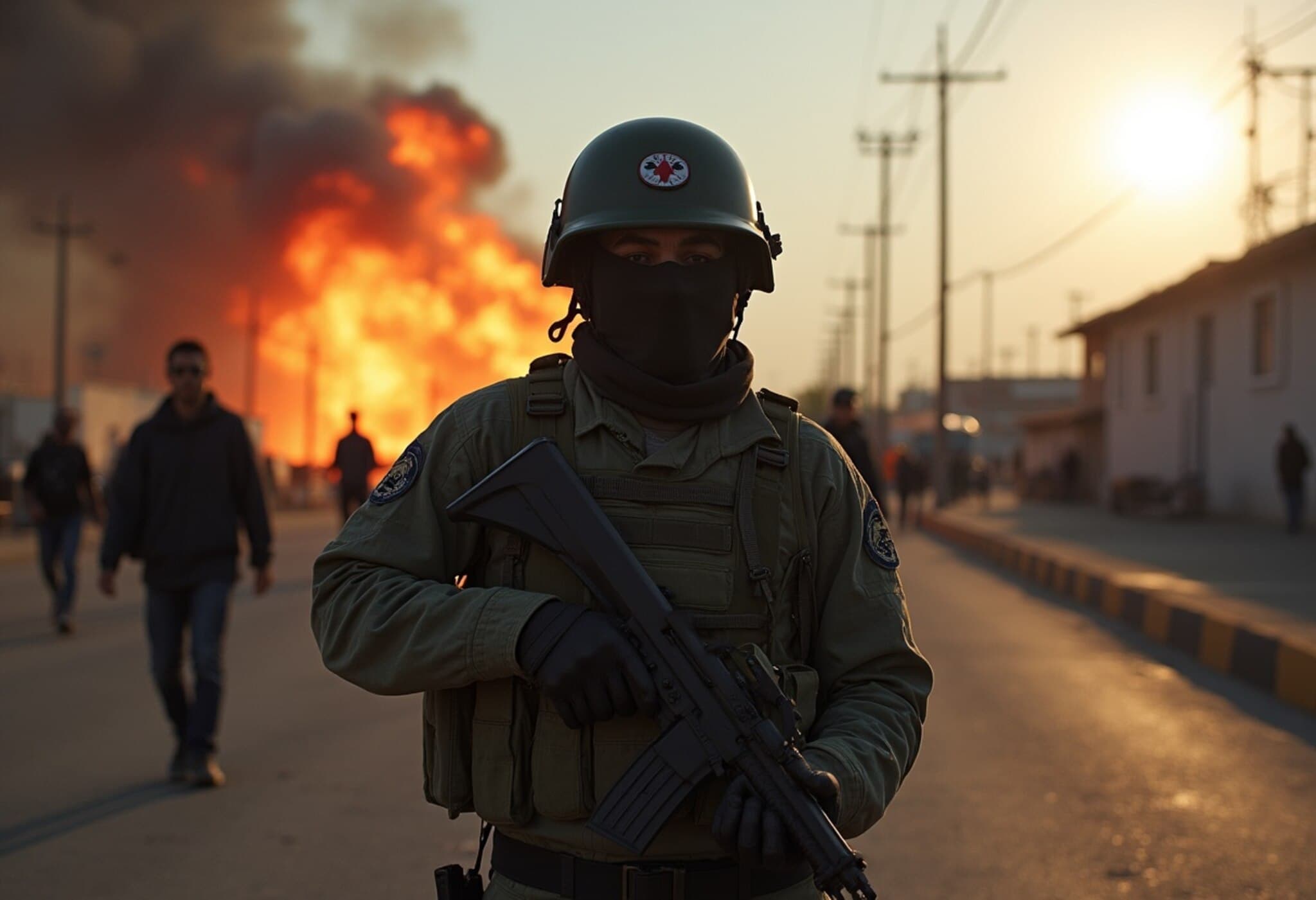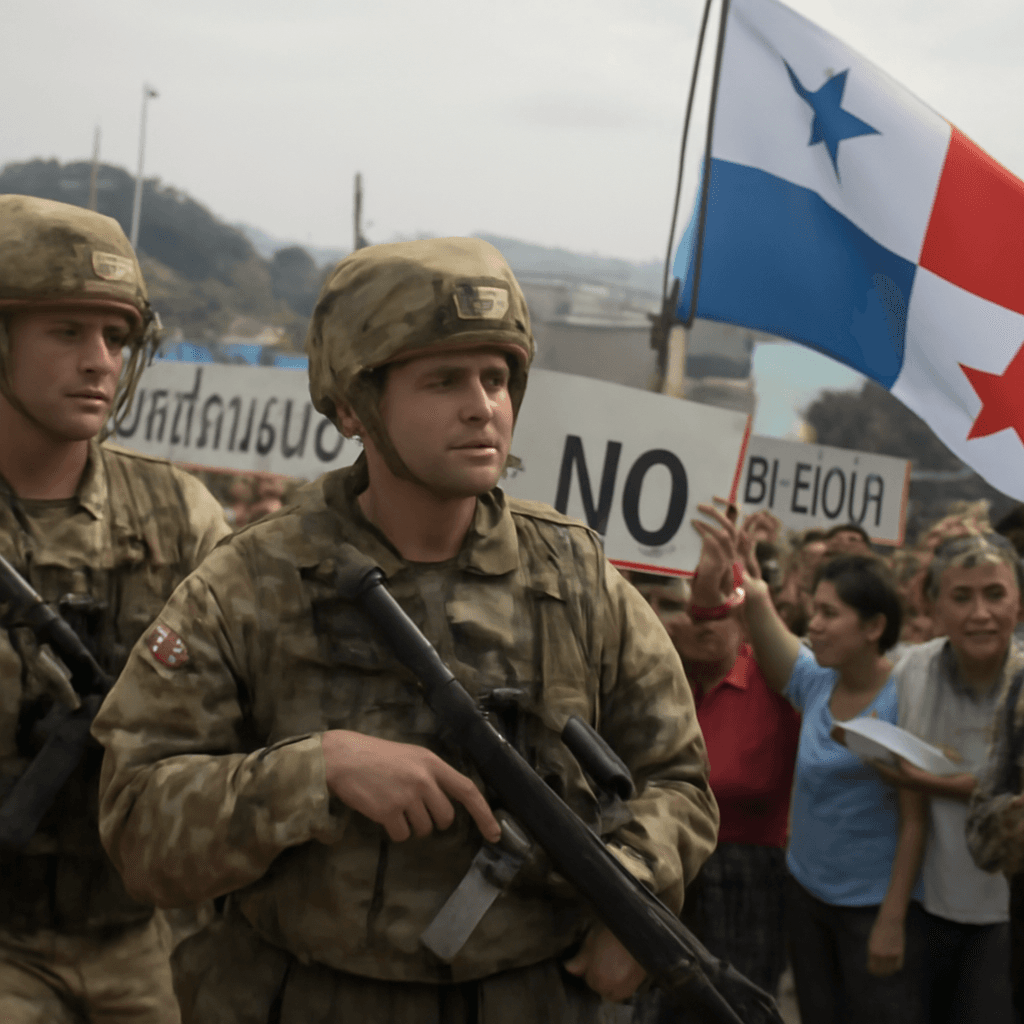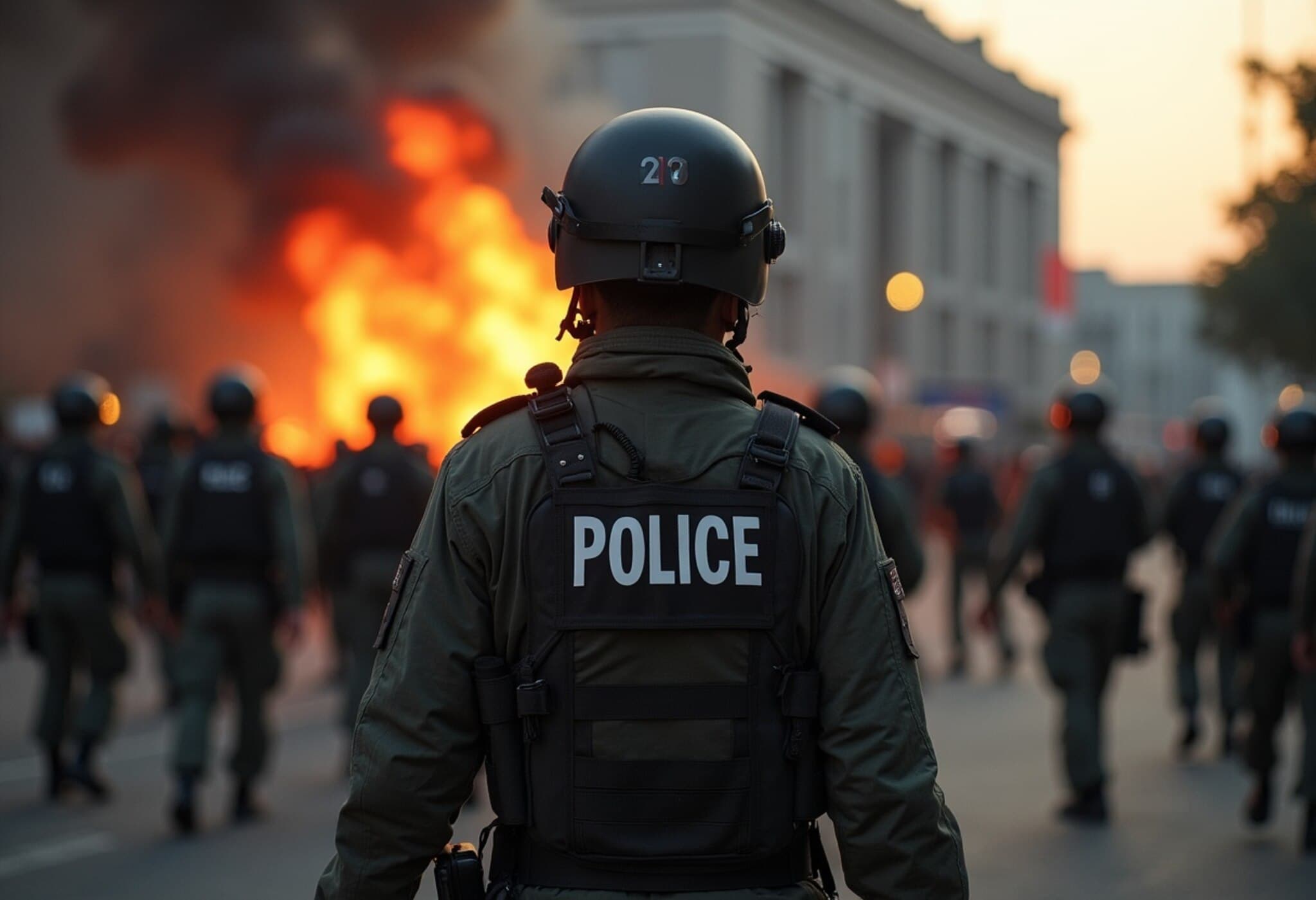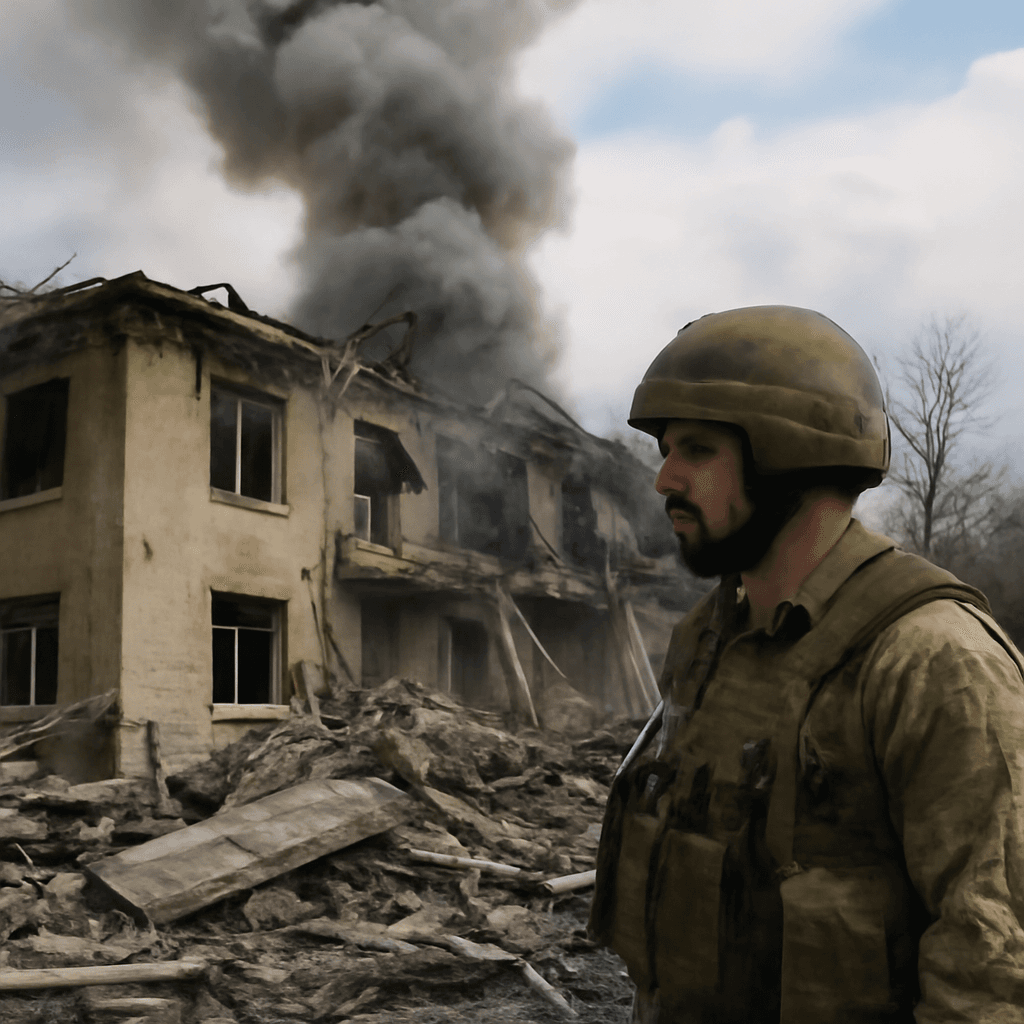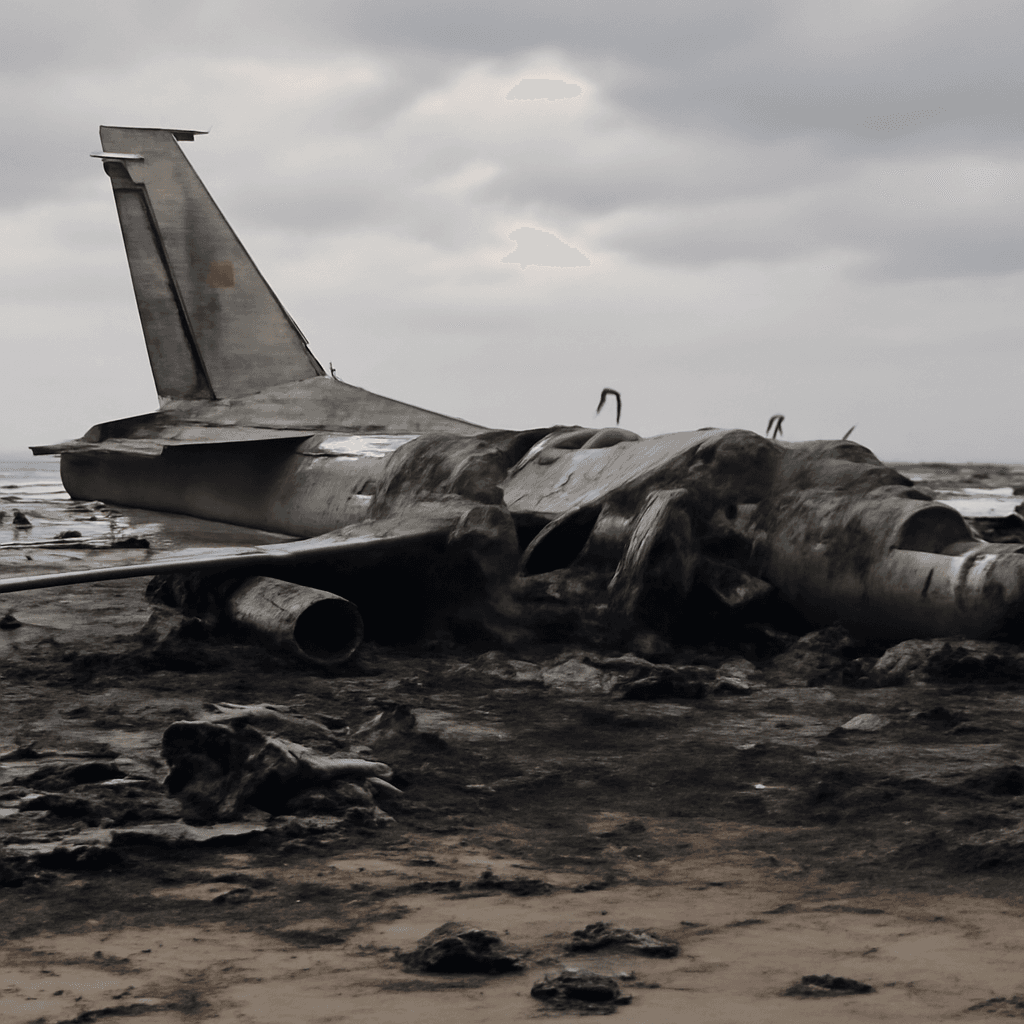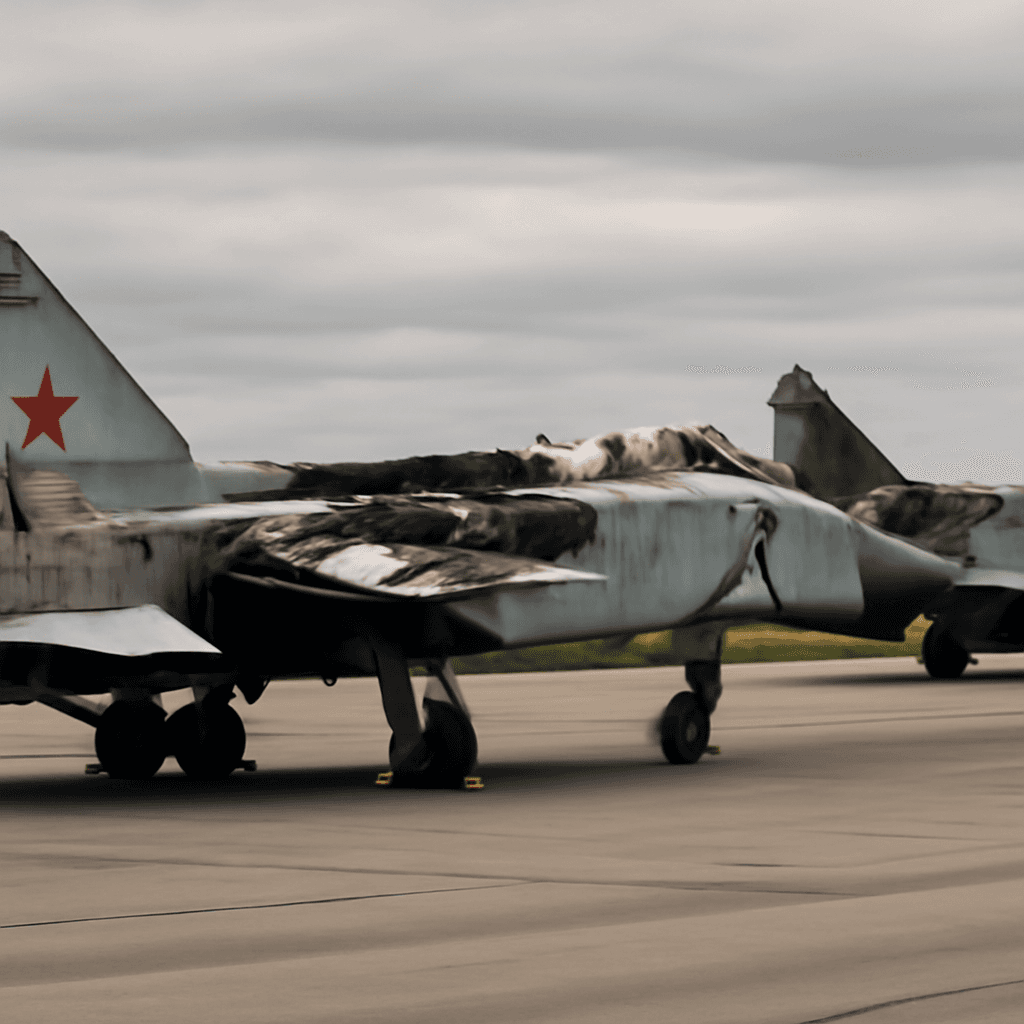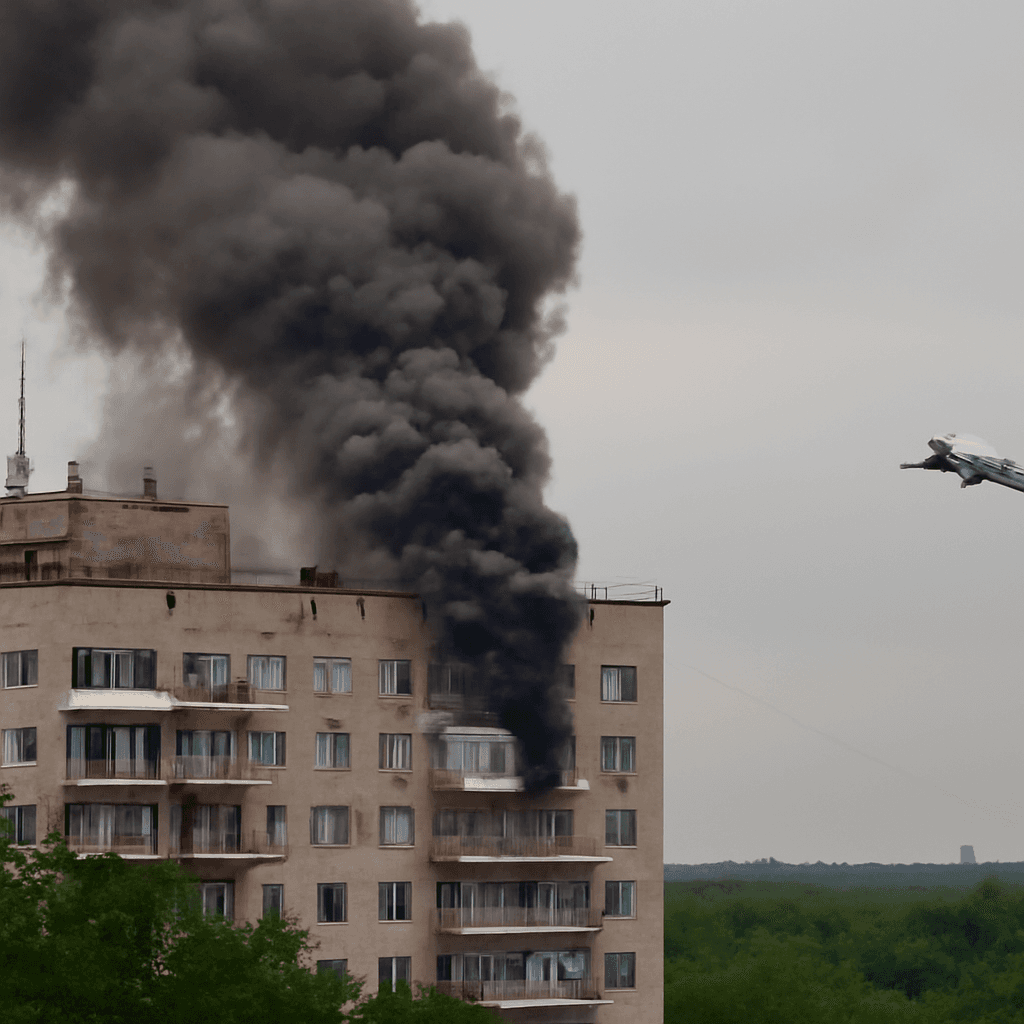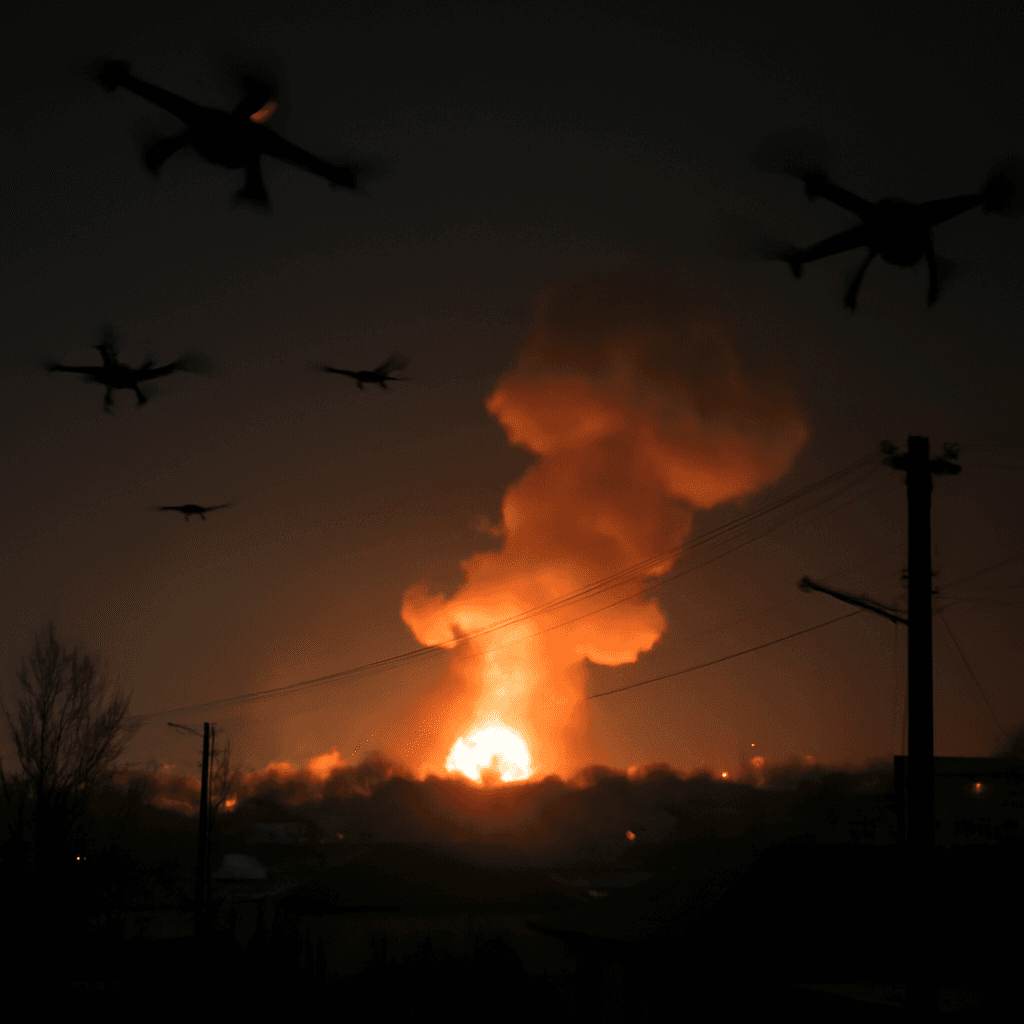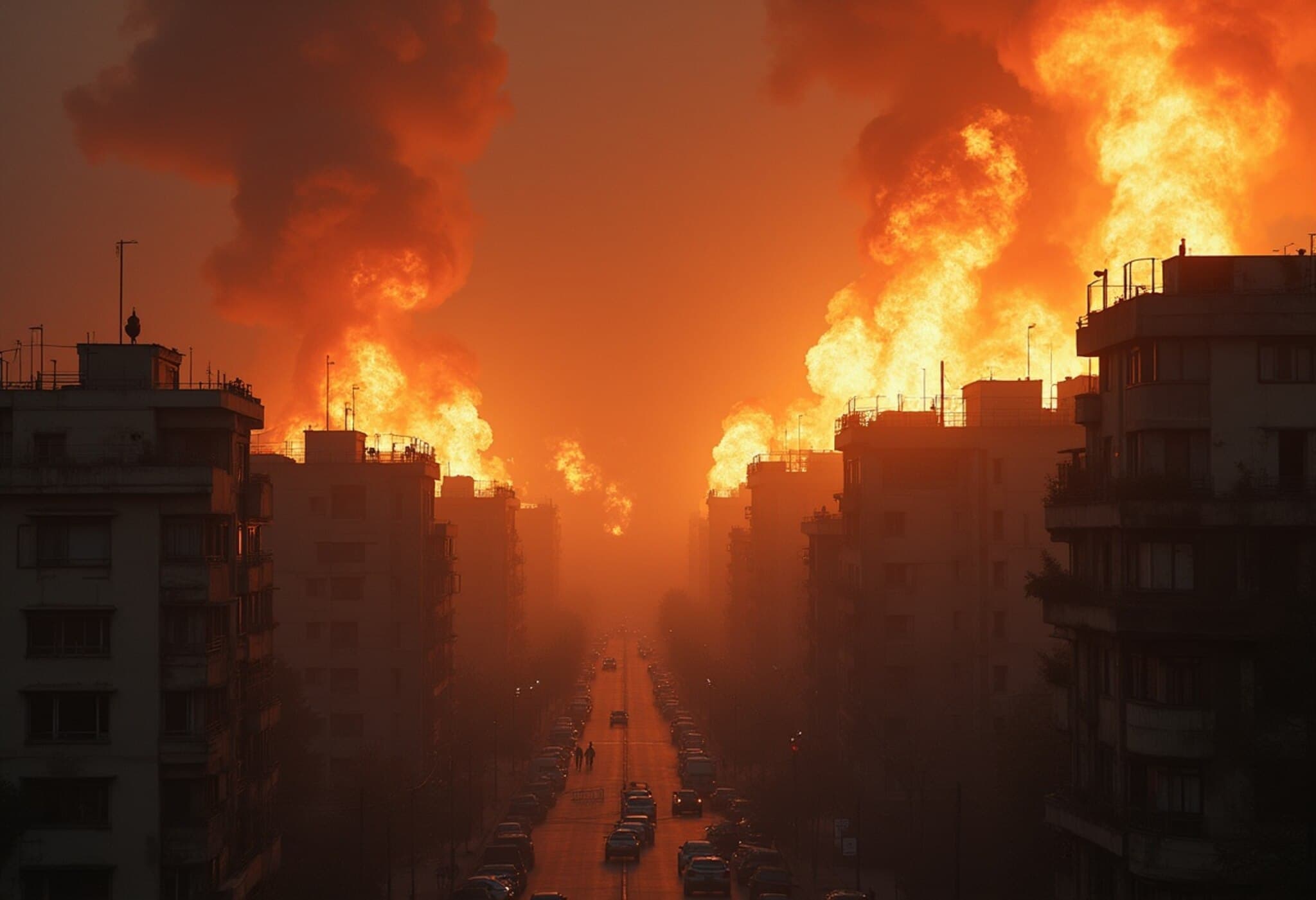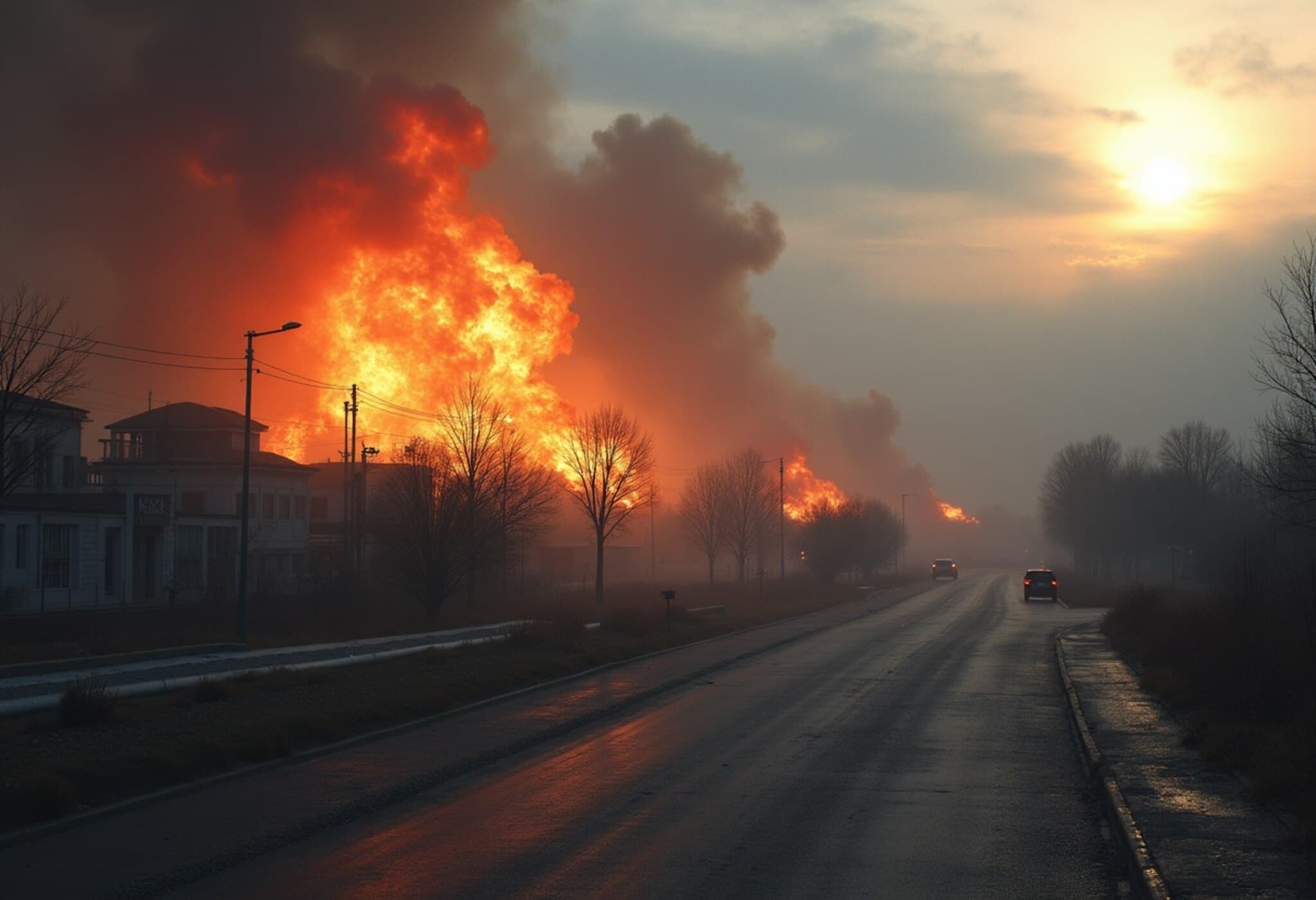Mexico’s Drug Cartels Arm Themselves with Modern Warfare Tools
In the shadowy hills of Michoacán, western Mexico, a grim transformation is underway. Drug cartels long associated with smuggling and street-level violence now resemble paramilitary forces, armed with drones, improvised explosive devices (I.E.D.s), rocket-propelled grenades, and even homemade mortars. This unsettling shift is not only escalating the violence internally but also challenging Mexico’s security forces and stirring geopolitical tensions with the United States.
A Morning Shattered by Explosions and Drone Warfare
“We knew the devil was coming,” recounted Ana, a mother of six from the town of El Guayabo. Before dawn, explosions rattled homes and the ominous hum of drones filled the air—heralding a violent clash between rival cartel factions. Weeks later, the physical and emotional scars remain. Roofs bore holes from drone-dropped bombs; cratered fields revealed mine explosions; spent .50-caliber shells glistened in the dirt, stark evidence of an urban battlefield unmisted to many outside Mexico.
The New Face of Territory Battles
Michoacán is far from the frontlines of formal war zones such as Ukraine or the Middle East. Yet here, on Mexican soil just a few hundred miles south of the U.S. border, criminal groups utilize advanced weaponry with devastating effect. Fierce competition not only pits these groups against Mexico’s government but also fuels deadly internecine warfare for control of lucrative drug routes and territories.
From Street Gangs to Paramilitaries: A Dangerous Arms Race
Secretary of State Marco Rubio recently underscored the severity of the conflict, stating on the American broadcast EWTN: “We cannot continue to just treat these guys as local street gangs. They have weaponry that looks like what terrorists, in some cases armies, have.” The phrase evokes a sobering reality—the cartels' escalating sophistication pushes Mexico's security apparatus to its limits.
Sources and Innovations in Cartel Armament
- Weapon Smuggling from the U.S.: Mexican officials estimate that more than half a million firearms cross the border annually and end up in cartel hands, including high-powered rifles like the Barrett .50-caliber semiautomatic.
- Domestic Weapon Production: Cartels also innovate by reverse-engineering and 3-D printing components, assembling complex devices like mortars fashioned from gas-tank tubes.
- Drone Warfare: Commercial drones purchased online are modified with bombs and chemical agents, enabling precision bombing missions over enemy strongholds or towns caught in the crossfire.
Michoacán: A Microcosm of Cartel Warfare Evolution
The fertile hills and farmlands of Tierra Caliente have become a strategic corridor rife with conflict. Rival factions such as the Knights Templar, La Familia Michoacana, and the powerful Jalisco New Generation Cartel pour resources into weaponizing their forces. The result is a multi-front war where farm fields are laced with land mines, and drones buzz overhead as tools of targeted destruction.
The Human Toll: Civilians Caught in the Crossfire
Residents such as Ana often flee their homes when violence flares, with many towns becoming deserted ghost communities. According to human rights monitors, over 2,000 Michoacán residents have been displaced in just the past two years. Those who stay face grave risks; at least 10 civilians, including children, have succumbed to hidden explosives while going about daily activities.
Paramilitary Tactics and Rising Sophistication
Experts note that the modern cartel resembles an armed insurgency rather than traditional criminal gangs. Former military personnel, including Colombian and Venezuelan ex-soldiers, have been recruited to train cartel fighters in advanced tactics and explosives handling.
Mexican military intelligence flagged the routine deployment of I.E.D.s and drone strikes by criminal groups as early as 2022. In a historic 2015 incident, cartel operatives downed a military helicopter with a rocket-propelled grenade, marking a chilling precedent for the intensity of cartel conflict.
Law Enforcement’s Uphill Battle
Mexico’s security forces, from state police to the military, often find themselves under-equipped against the superior firepower and technology wielded by cartels. Alfredo Ortega, Michoacán’s former state security chief, described being consistently outgunned, particularly by weapons like the Barrett sniper rifles.
In response, a specialized anti-bomb unit led by Capt. Mario Gómez has been combatting the explosive threat, dismantling thousands of improvised devices. These range from crude bombs made from plastic bottles and fire extinguishers to advanced chemical payloads deployed via drones. Gomez’s unit, however, remains small and under-supported relative to the escalating threat.
Cross-Border Implications and Policy Response
The U.S.-Mexico partnership faces immense challenges in stemming the flow of weapons and confronting cartels. President Claudia Sheinbaum of Mexico emphasizes that tackling organized crime must start with curbing access to high-powered firearms, estimating that 70% originate from the United States.
Despite lawsuits and diplomatic efforts aimed at U.S. gun manufacturers, legislative protections largely shield the industry, complicating the possibility of legal recourse. Meanwhile, growing calls, including from the Trump administration, to classify certain cartels as terrorist organizations reflect the increasing urgency and complexity of the cross-border drug war and its militarization.
Cartels Flaunting Power Online
Social media and encrypted messaging channels have become stages for cartels to display their arsenals, from Browning M2 heavy machine guns to armored vehicles. This public posturing projects power to rivals and communities alike, further exacerbating the climate of fear and violence.
Editor’s Note: The Escalating Cartel Threat and the Path Forward
Mexico’s cartels stand at a dangerous inflection point—no longer mere criminal gangs but evolving paramilitary organizations equipped with modern warfare technology. Their rise challenges conventional approaches to drug enforcement and public security. U.S. policymakers and Mexican authorities face intertwined dilemmas: the need for strategic cooperation in stemming weapon trafficking, investing in community resilience in affected regions, and carefully considering the implications of militarizing the drug war further.
Beyond the headlines, the human cost of this conflict is profound—a stark reminder that the battle for control leaves families displaced, homes destroyed, and lives shattered. As technology empowers these non-state actors, innovative strategies blending law enforcement, social intervention, and international diplomacy are urgently needed to break this vicious cycle.

